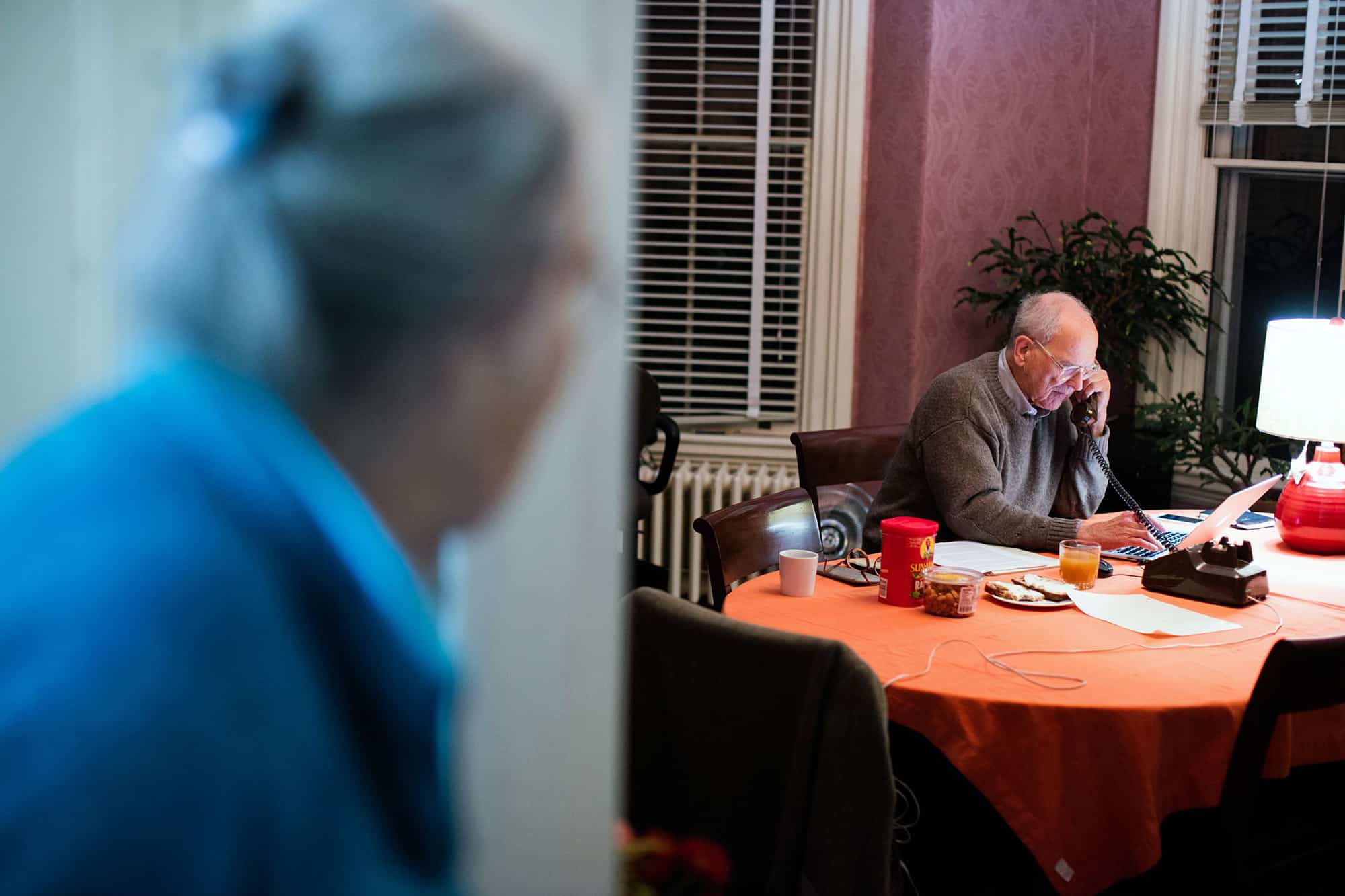As one of the key experimentalists to conceptualize and then build one of the biggest experiments in history, Nobel-prize-winning physicist Rainer Weiss’s path to success is remarkable. Now aged 90 he talks to Sidney Perkowitz about his life and work, from the unexpected sources for scientific inspiration to the challenges of large-scale experiments
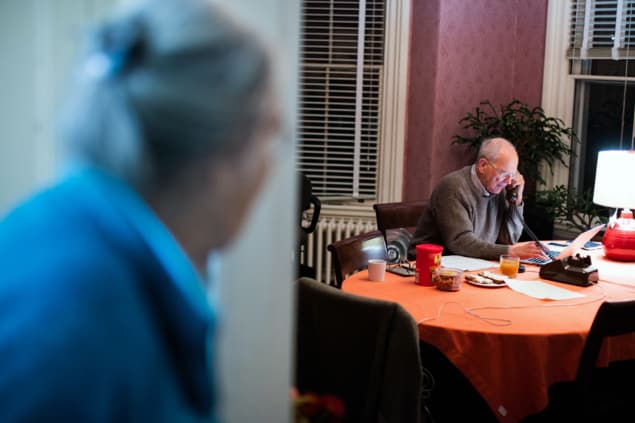
Down-to-earth, unassuming, and keen to discuss his research, physicist Rainer Weiss is remarkably easy to talk to. Five years ago, his work earned him half the 2017 Nobel Prize for Physics, with the other half going to Barry Barish and Kip Thorne, for “decisive contributions to the LIGO detector and the observation of gravitational waves”. The US-based Laser Interferometer Gravitational-Wave Observatory (LIGO) is where gravitational waves were first observed in 2015, definitively confirming the last remaining untested prediction from Albert Einstein’s century-old general theory of relativity.
Despite portending their existence, Einstein himself doubted that these waves would ever be observable because they are extremely weak. Weiss’s breakthrough idea of using laser interferometry finally made possible that first observation – of gravitational waves emitted from the merger of two black holes, 1.3 billion light-years away from Earth – and the many more that LIGO has since detected. It took decades of effort from Weiss, his Nobel colleagues and many others, and the discovery represented a pinnacle in physics that also ushered in a new era in astronomy. Since the advent of observational astronomy, we had been scanning the universe mostly by observing first visible light, then a broad spectrum of electromagnetic waves. Now gravitational waves were able to provide a new way of probing many cosmic phenomena. Only seven years after the birth of gravitational astronomy, it has already produced much valuable new knowledge.
From Nazi Germany to the US, via Prague
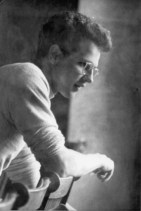
Each of the three Nobel laureates followed his own arc toward these successes. Weiss’s path shows how talented experimental physicists are formed, how new scientific ideas can come from unexpected directions, and how sheer perseverance is needed to bring a large-scale physics experiment to fruition.
Weiss was born in Berlin, Germany on 29 September 1932, during the Nazis’ rise to power. Weiss’s father, Frederick, who Rainer describes as “an ardent and idealistic communist” from a young age, was a physician. As a Jew and an anti-Nazi communist, who had testified against a Nazi doctor accused of malpractice, Frederick was detained by the Nazis when Rainer’s mother, Gertrude, was pregnant with him. At the behest of his Christian wife, whose family had some local contacts, Frederick was released and sent to Prague. Once Rainer was born, Gertrude travelled with her new baby to join Frederick in Czechoslovakia, where the couple had another child, Sybille, in 1937.
But when the 1938 Munich Agreement allowed German troops to enter Czechoslovakia, the family had to escape once more. “We heard the decision on a radio while on vacation in Slovakia and joined a large group of people heading toward Prague to attempt to get a visa to emigrate to almost anywhere else in the world that would accept Jews,” Rainer recalls in his Nobel biography. The family moved to the US in 1939. Under the immigration law at that time, this was only possible because of Frederick’s profession and because a “very wonderful woman” as Weiss calls her, from the philanthropic Stix family of St Louis, posted a bond to guarantee that the Weisses would not be a burden to the community.
Weiss was raised in New York City, where he initially attended public school. In the fifth grade, he received a scholarship, via a local refugee relief organization to join Columbia Grammar School – a private school in mid-Manhattan, which at one time was associated with preparing students for Columbia University. Music, science and history were his favourite courses, and as a teenager he built custom high-fidelity or “hi-fi” audio systems for classical music lovers.
That interest and his own curiosity eventually brought him to physics. Seeking perfect sound reproduction, Weiss tried to electronically eliminate the background noise a phonograph needle makes as it moves along the groove in an old-fashioned record, which marred the music. But his efforts failed and he decided to go to college to learn enough to enable him to solve the problem. That education began at Massachusetts Institute of Technology (MIT) in 1950.
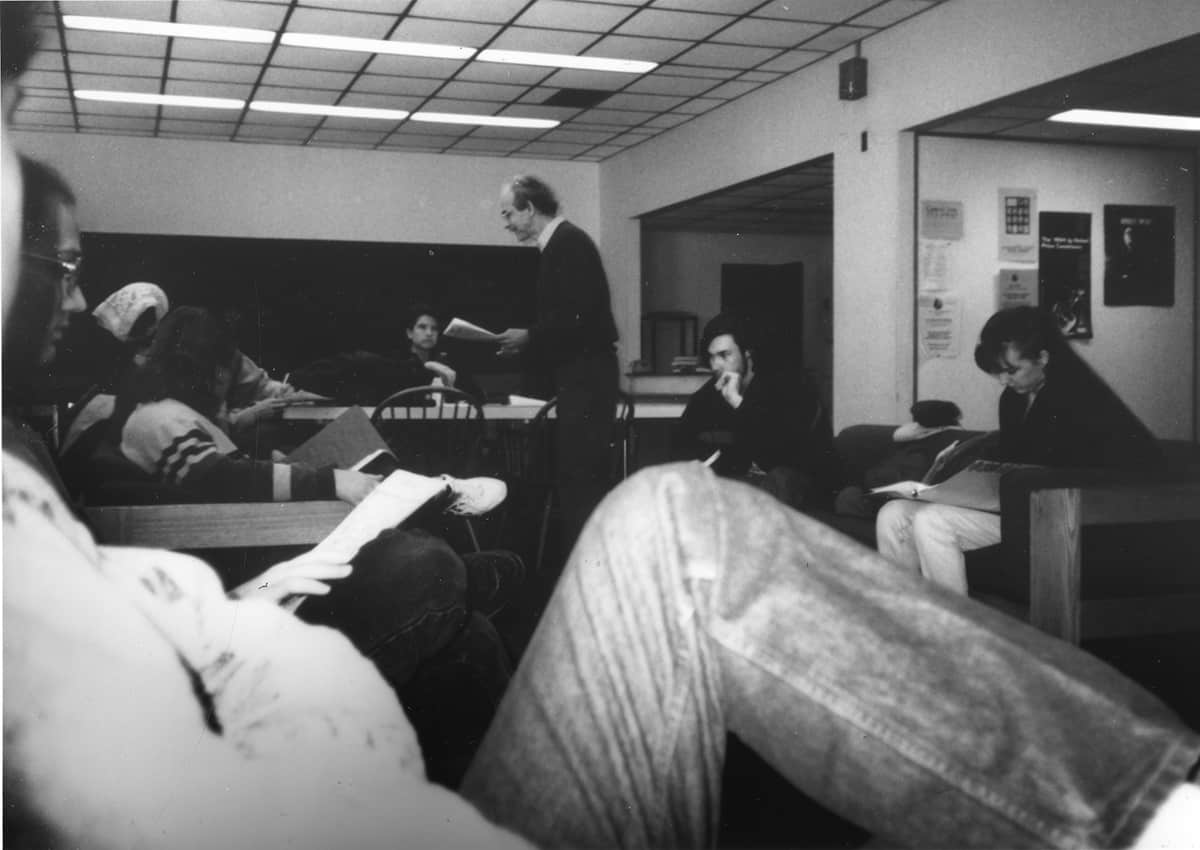
Electronics to physics, via a detour
As an electrical engineering major at MIT, Weiss was expected to learn about generators and transmission lines before he could study the electronics that really interested him. This rigid plan was not to his taste, so in his second year he switched to physics, because “it had fewer requirements” and a more flexible curriculum. But that did not immediately work out either. In 1952 Weiss fell in love with a young woman, a pianist. The relationship did not end well and, heartbroken, Weiss failed all of his courses and had to leave MIT.
But all was not lost. By the spring of 1953 he returned to MIT as a technician working in the Atomic Beam Laboratory of physicist Jerrold Zacharias, who had developed the first atomic clock. “The science being done in that laboratory was exquisite,” Weiss recalls. “The experiments there were looking at the properties of isolated single atoms and molecules unperturbed by neighbouring systems. Each atom was the same as the next and it was possible to ask fundamental questions about their structure and the interactions that held them together.” What started off as a role helping grad students with their thesis projects eventually led to Weiss working directly with Zacharias on developing the caesium atomic beam clock, which would eventually go on to be adopted as the standard of time for the Bureau of Standards (now the National Institute of Standards and Technology) and the US Navy.
Under Zacharias’ mentorship, Weiss completed his physics bachelor’s degree, then a PhD in 1962, and learned about high-precision experimentation, a key thread that led to LIGO. A further key theme arose when Weiss worked as a research associate under astronomer and physicist Robert Dicke at Princeton University, who Weiss calls “one of the heroes in my life”. Dicke and Weiss looked into developing a modern version of the Eötvös experiment, to understand the equivalence principle of general relativity by proving the equivalence of inertial and gravitational mass. As Dicke’s new theory of gravitation combined a scalar field with the tensor field of general relativity, his idea was to build an experiment that could measure how the whole Earth would vibrate, were a gravitational wave to pass by. The aim of the experiment was to measure the spectrum of scalar gravitational radiation, but they found that the sensitivity of their quartz gravimeter was severely limited due to geophysical noise. Despite the study being unsuccessful, Weiss learned experimental techniques that Dicke had pioneered, and would ultimately prove essential for LIGO, and many other physics experiments as well. Indeed, Weiss found those two years at Princeton “were profoundly important in my scientific development”.
After joining the MIT physics faculty as an assistant professor in 1964, Weiss worked on a cosmological project that measured the spectrum of the cosmic microwave background (CMB), the relic of the Big Bang that still fills the universe. He contributed to the research establishing that the CMB follows a virtually perfect blackbody curve with a source temperature of 2.7K – the discovery of which led to a 2006 Nobel prize for the lead scientists, John Mather and George Smoot.
Measuring gravity in a classroom
Weiss continued thinking about gravitational waves, especially when he was asked to present a course in general relativity at MIT. This was not easy. The mathematics of general relativity is daunting, and courses that taught the subject were more mathematical than physical. Discussing it today, Weiss says, “I am not a theorist. I’m a plumber…a vacuum plumber, an electronic plumber, but a plumber.” So he and his students learned the maths together – but, unexpectedly, his experimental background became highly significant.
As Weiss explains, at that time Joseph Weber of the University of Maryland was trying to detect gravitational waves by measuring the change in length of large aluminium cylinders as a wave swept by. When the students asked Weiss about such measurements, he came up with a pedagogical gedanken experiment to show in principle how they could be made. Put two masses some distance apart in free space, one with a pulsed laser and the other with a mirror. Now measure the round-trip travel time of the laser light – and therefore the distance. If a passing gravitational wave changes the distance, sufficiently precise time measurements would show the effect. Since all measurements are made at the space–time location of the laser, the general relativity calculation becomes straightforward – in fact, Weiss assigned it as a class problem.
Early plan to final outcome
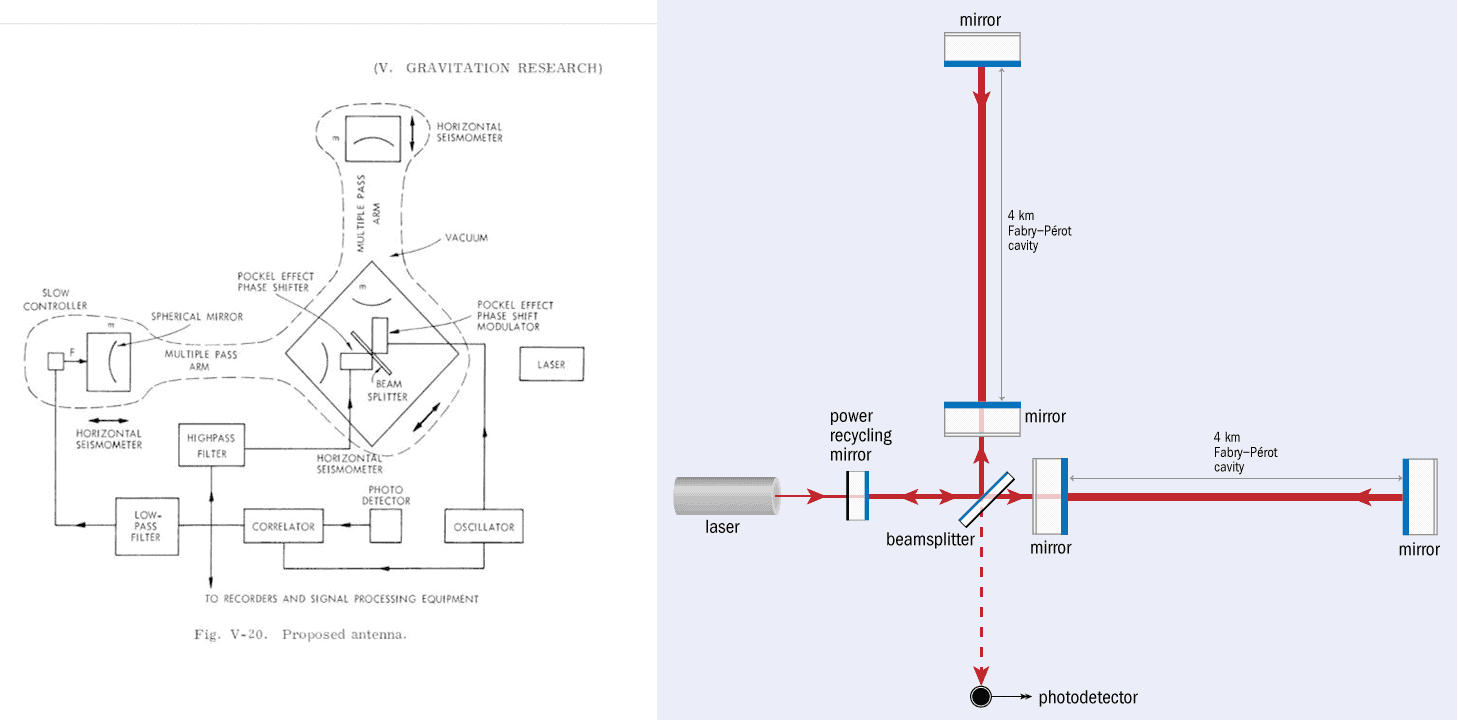
Weber’s claimed detection of gravitational waves in 1969 was never replicated, but the example his work inspired grew into LIGO. Weiss improved the original idea by adding a second beam path with a mirror at one end, set at right angles to the first path in an “L” shape with a beam splitter at the junction. This is a Michelson interferometer, which made ultra-precise measurements of the speed of light in the 1887 Michelson–Morley experiment and also of the CMB spectrum. In general relativity, a gravitational wave travelling perpendicular to the plane of the arms would lengthen one and contract the other, changing how the light waves in the two arms interfere. This, concluded Weiss, would be far more sensitive than measuring travel time along a single path.
Weiss recalls how in the summer of 1971 he “sat in a little room calculating all the things that would interfere with that experiment” including noise sources. His result was remarkable: with arms several kilometres long, it would be possible to measure changes in distance as tiny as 10–18 m – barely one thousandth of the size of a proton – as a passing gravitational waves stresses space to cause a strain of 10–21.
Test bed and first observations
Some of Weiss’s colleagues were sceptical about gravitational waves but he continued developing his idea. It received experimental verification when small test interferometers built in his lab and by a German group bore out his calculations. Wider support came after 1975, when Weiss reconnected with an acquaintance from his Princeton days, the Caltech theoretical physicist Kip Thorne. Seeing the potential for gravitational-wave research, Thorne championed Weiss’s idea at Caltech. In 1979 the National Science Foundation funded Caltech and MIT to carry out a feasibility study of interferometric detection. By 1990 it supported LIGO as a Caltech-MIT operation with the largest grant it had ever given. This allowed the construction of identical detectors with arms 4 km long at Hanford, Washington and Livingston, Louisiana, for coincidence studies to confirm any sightings. These incorporated many technical concepts developed by experimental physicist Ronald Drever from Caltech.
A LIGO timeline
- 1970s–1980s Following Rainer Weiss’s feasibility study of a kilometre-scale laser interferometer, the National Science Foundation funds Caltech and MIT for further study, then establishes LIGO as their joint project.
- 1990–1999 Construction of LIGO at Hanford, Washington, and Livingston, Louisiana is approved, funded and completed. LIGO is inaugurated in 1999.
- 2002–2010 LIGO begins operations; research begins at initial design sensitivity, but no gravitational waves are observed; collaboration begins with the Virgo interferometer in Italy.
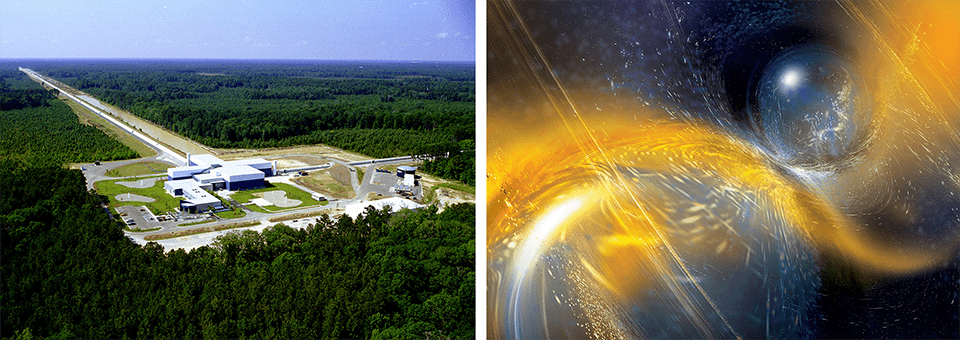
- 2011–2017 LIGO is updated to advanced LIGO, with 10 times better sensitivity; observing runs O1 and O2 follow in 2015–2016, and 2016–2017, respectively.
- 14 September 2015 LIGO first detects gravitational waves, from two merging black holes.
- 17 August 2017 LIGO/Virgo first detect gravitational waves from two merging neutron stars. The event is also tracked by electromagnetic wave astronomy.
- 3 October 2017 Rainer Weiss, Barry Barish and Kip Thorne are awarded the 2017 Nobel Prize for Physics.
- 2019–2020 Observing run O3.
- 7 November 2021 The results from O3, with those from O1 and O2, total 90 events since 2015. These are binary mergers of black holes, or neutron stars, or a black hole and a neutron star.
- March 2023 Planned starting date for observing run O4.
After LIGO began operations in 2002, it achieved the predicted sensitivity, but for nine years, no gravitational waves were detected. The devices were then significantly improved, with better isolation from noise sources, resulting in “advanced LIGO” (aLIGO) over five years later. With sensitivity enhanced 10-fold, on 14 September 2015, aLIGO made the first ever observation of gravitational waves which came from two merging black holes – a miraculous discovery as the machine was still being calibrated for the first official run (Physics World October 2017 p33).
A few years later, on 17 August 2017, aLIGO made the first ever observation of gravitational waves from two merging neutron stars (the Virgo gravitational wave detector in Italy also participated). These were not isolated events. By the end of its last observation run, which was completed in late 2021, aLIGO had reported a total of 90 observations of mergers of two black holes (the majority), two neutron stars, or a black hole and a neutron star.
Looking back, looking ahead
When contemplating these first seven years of gravitational astronomy, Weiss is jubilant. “I think LIGO has been a tremendous success,” he says, praising in particular how it validates general relativity and black-hole astrophysics. LIGO’s results show that we understand black holes well enough to predict the details of their two-body interaction, which within general relativity is as difficult to calculate as the three-body problem in classical physics. Another outcome is LIGO’s catalogue of interactions between black holes of varying masses, which gives clues as to how they might form into the supermassive black holes at the centres of galaxies.
Weiss also singles out one particular event that “caused the biggest stir [and] produced so much science it’s unbelievable”. The two colliding neutron stars observed in 2017 generated electromagnetic radiation as well, from gamma rays to radio waves, which was tracked by observatories around the world (see “A new cosmic messenger” by Imre Bartos). This prime example of “multi-messenger” astronomy yielded a precise location for the event; showed that the interaction produced gold and platinum, giving new insight into how stars make heavy elements; confirmed that gravitational waves travel exactly at the speed of light; and provided a new way to measure the Hubble constant and perhaps lay to rest current uncertainties about its value.
The many people behind LIGO
The paper announcing the first observation of gravitational waves (Phys. Rev. Lett. 116 061102) was co-authored by Rainer Weiss, Kip Thorne, Barry Barish and some 1000 other scientists and engineers from around the world. Weiss began his Nobel speech in Stockholm in 2017 by saying “the three of us wouldn’t be here at all” without this huge group effort. In fact, Weiss regrets that the Nobel award could not somehow honour every one of the people involved.
Weiss is personally appreciative of his Nobel colleagues as well. It was Thorne’s “mantra,” says Weiss, that gravitational waves would show us absolutely new things. Thorne’s commitment to the value of this research and his work on the relevant theory were essential to LIGO. Weiss also thinks that Barish, who was LIGO project director, provided the leadership that turned scientific ideas into a working observatory. Drawing on his experience with large-scale experiments in high-energy physics, Barish made the crucial managerial and technical decisions that moved LIGO’s construction forward.
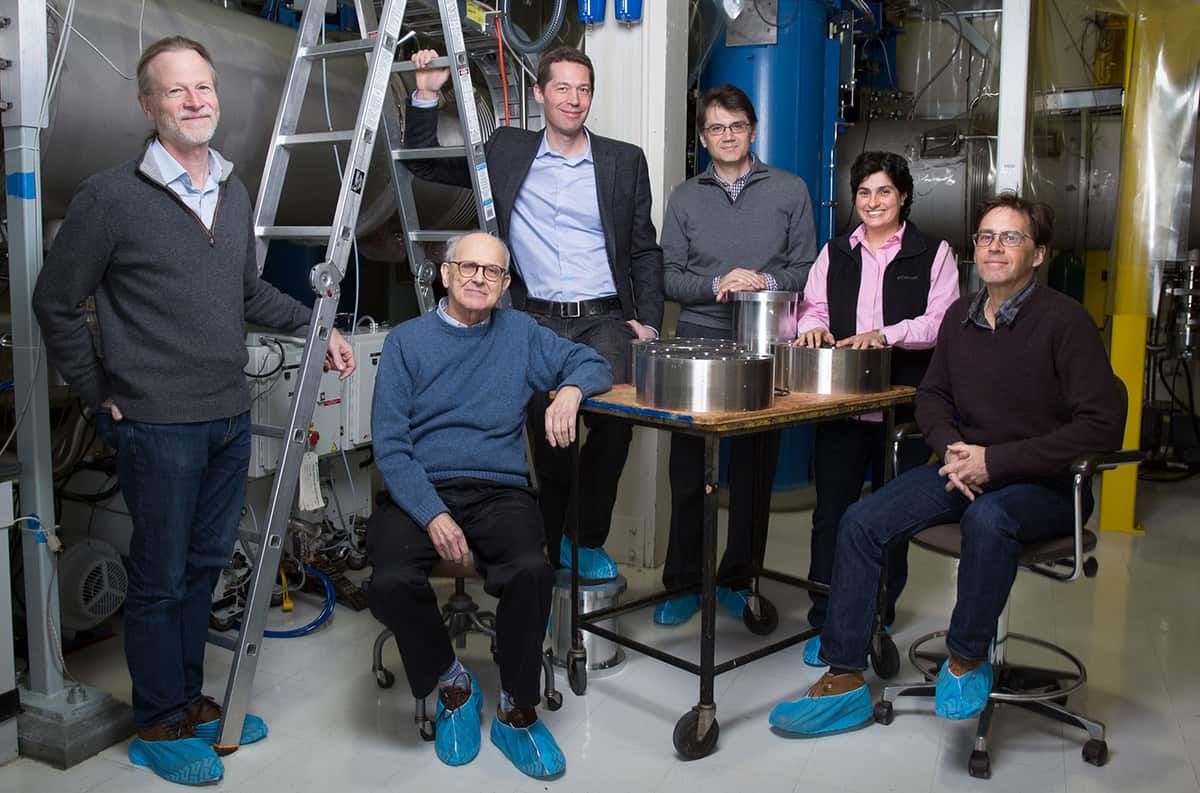
Weiss is also keen to highlight the huge impact of many female collaborators at LIGO. These include Georgia Tech’s associate dean Laura Cadonati, who chaired the committee that formally validated LIGO’s first gravitational wave data. Her group now scans LIGO data for important new results. Also at Georgia Tech, Deirdre Shoemaker (now at the University of Texas at Austin) carried out computer simulations of black hole interactions, while Vicky Kalogera at Northwestern University, an early believer in the worth of gravitational wave detection, calculated the prevalence of black hole and neutron star mergers as sources of those waves. MIT physicist Nergis Mavalvala played a big role in introducing the “squeezed light” technique to reduce quantum noise in aLIGO, and contributed to the idea of a new, vastly upgraded Cosmic Explorer gravitational-wave detector.
Weiss’s enthusiasm grows when asked about the future of gravitational astronomy. One component would be the Cosmic Explorer interferometer, suggested by Matthew Evans and Nergis Mavalvala at MIT. Weiss strongly supports this next-generation device, whose 40 km-long arms would make it 10 times more sensitive than advanced LIGO. European scientists are considering the triangular Einstein Telescope with 10 km-long arms, and the European Space Agency proposes launching the triangular Laser Interferometer Space Antenna (LISA) in the 2030s. Its three spacecraft – spaced 2.5 million km apart and carrying lasers and mirrors – would form a hyper-sensitive detector.
Each detector will respond to different frequencies of gravitational waves, which depend inversely on the mass of the radiating object. Much as regular astronomy uses different parts of the electromagnetic spectrum to study varied celestial phenomena, so we are starting to see gravitational observatories tuned to detect different classes of gravitational events. For black holes, the possibilities range from seeking small hypothetical primordial black holes to understanding how supermassive black holes are related to the formation of galaxies. Gravitational waves from merging neutron stars will deepen our knowledge of stellar evolution and dense nuclear matter. They may also arise from pulsars to complement what electromagnetic waves reveal about them. More speculatively, some researchers suggest that multi-messenger methods might show whether the supermassive black hole at the centre of our own galaxy is really one end of a wormhole.
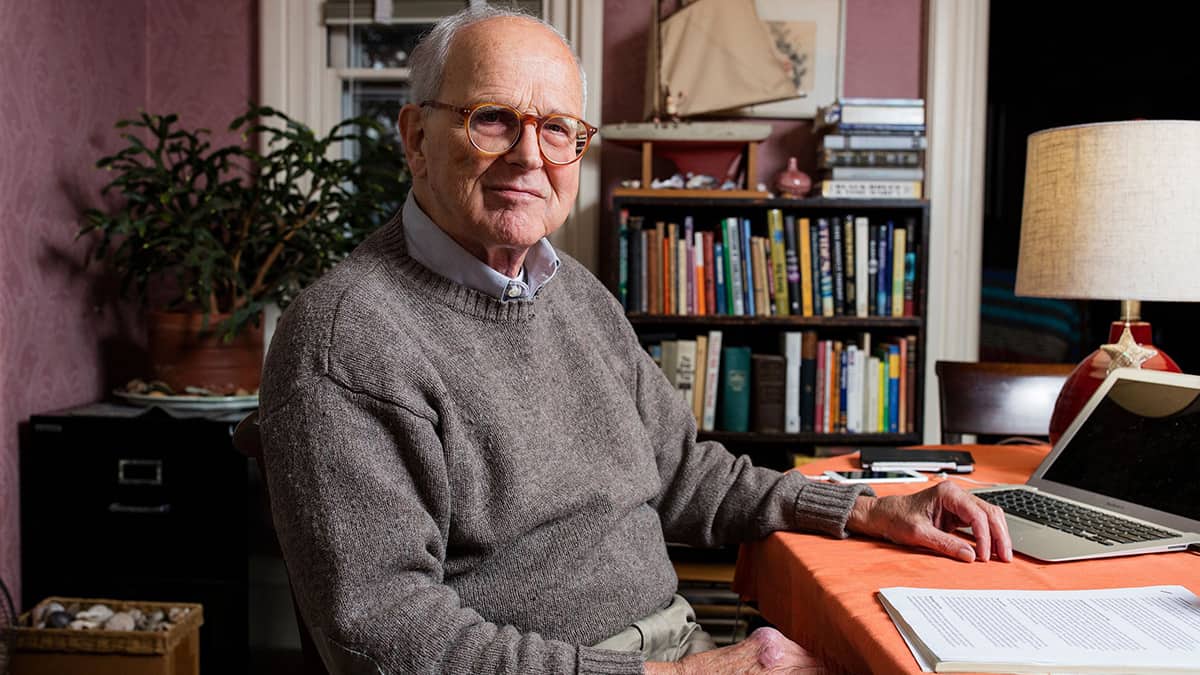
What most excites Weiss about these forthcoming detectors is that they could “do spectacular science by bringing the field into cosmology, the study of the whole universe.” As he explains, the Russian theorist Alexei Starobinskiǐ has shown that if a vacuum fluctuation started the cosmos, then as the universe underwent rapid cosmic inflation, the unimaginable acceleration would produce lots of low-frequency gravitational waves. Like the cosmic background radiation, these would form a residual universal background, but originating from a time very near the Big Bang and carrying new information about early processes like the creation of dark matter. These waves would be difficult to detect, but researchers are planning a combination of ground- and space-based detectors that would form a new tool to attack some big questions in physics, astronomy and cosmology.
But as he reflects on his long career and future research, Weiss does not wish to sum things up saying simply “I’m not that kind of guy.” It might be disappointing not to have a final sound-bite but then, in his decades-long commitment to successfully building LIGO, in his vision of further advancing gravitational wave science, and in his contagious passion for both, Rainer Weiss has already eloquently said everything he needs to say.
